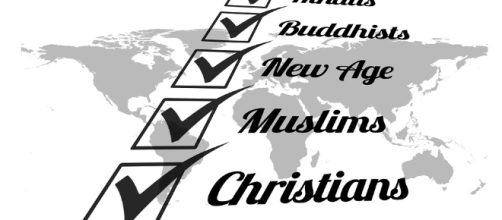Gallup has released its annual poll ranking the 50 states by how religious they are, and there aren’t too many shocking revelations once again this year. Mississippi retains its title as the state with the highest number of religious residents, while Vermont has claimed the title of least religious, edging out other stalwarts like Maine and Massachusetts. The general trend holds of the south being more religious than other regions, particularly the coasts.
Utah and the South lead church attendees
Mississippi’s 59 percent of people identifying as very religious and another 29 percent saying that they are moderately so easily puts them at the top of the list with 88 percent saying they are religious to a certain degree.
Neighboring Alabama comes in at a total of 84 percent, while heavily Mormon Utah comes in at third with 54 percent saying they are very religious. Interestingly, Utah’s 30 percent identifying as non-religious also puts them in the half of states with high non-religious residents.
But the most interesting result from the survey wasn’t the movement among states in relation to one another, but rather the continuing downward trend of Americans who consider themselves at all religious. With the very religious category dropping by three points from 41 to 38, and the non-religious jumping from 30 to 32 since 2008, the first year for which this data was available.
What's the underlying cause of the shift?
Gallup cautions people not to read too much into the data, however. The results, while still heavily regional, still offer “no clear-cut answer as to why state-by-state differences in religiosity persist.” There are some indicators, such as education, race, rurality, and poverty levels that could be indicated by the data, but simply looking at a map may lead one to believe that access to large bodies of saltwater induce non-religious responses.
Also of note are the branches of christianity represented in highly religious areas. The South is heavily Baptist, while that denomination isn’t as widespread in other regions. Also of note is the methodology, consisting of asking questions not only about how important respondents feel religion is in their lives but also about how often they attend services -- with some religions and denominations putting more emphasis on church attendance than others.
Future trends and what to expect
Still, regional trends hold true, with New England states dominating the top of the list for non-religious respondents and the South and Midwest showing high at the other end. And the most important trend of all is the overall reduction in religiosity nationwide each year that seems likely to continue for the foreseeable future. Whether you think this is a good thing or not likely depends on which state you live in.

